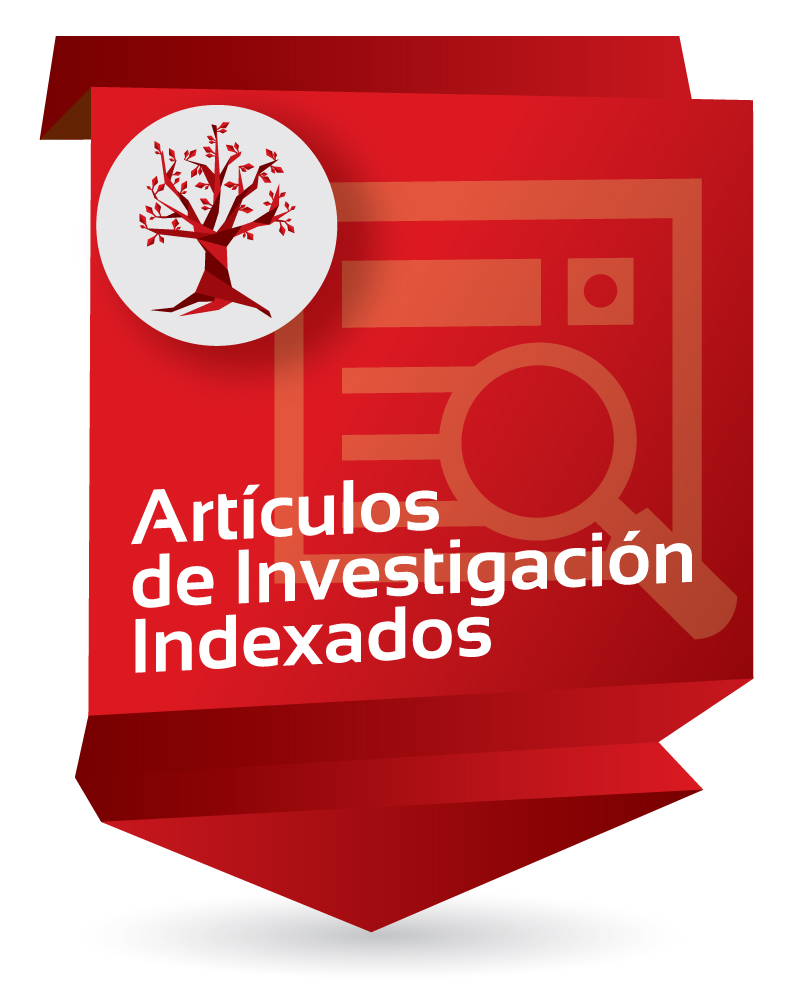Candidiasis and Candida albicans

Enlaces del Item
URI: http://hdl.handle.net/10818/54178Visitar enlace: https://www-scopus-com.ez.unis ...
ISSN: 1690-4648
DOI: 10.52808/bmsa.7e5.613.003
Compartir
Estadísticas
Ver Estadísticas de usoCatalogación bibliográfica
Mostrar el registro completo del ítemAutor/es
Mantilla-Florez, Yesid Fabian; Tuta-Quintero, Eduardo; Brito-Rodriguez, Abraham Jose; Clavijo-Moreno, Luis CarlosFecha
2021Resumen
Candidiasis is a fungal disease caused by yeasts belonging to the genus Candida. Within the large group of microorganisms that colonize humans, Candida albicans is the most commonly detected etiological agent since it inhabits mucosal surfaces and skin as a commensal. C. albicans participates in sugar fermentation processes and assimilation of nutrients but, on some occasions, it is related to pathological processes. In recent years, technological and medical advances; As well as the increase in the incidence of human immunodeficiency virus infections, the growing boom in immunomodulatory therapy and the use of broad-spectrum antibiotics for long periods of time have become the most important risk factors for the increasing incidence of infections by microorganisms of the genus Candida. Due to this, knowledge of this disease and its most important clinical forms, as well as the current diagnostic approach and treatment, is imperative; information that we collect in this document to provide an overview of this condition.
Ubicación
Boletin de Malariologia y Salud Ambiental. 61(3): 391-400
Colecciones a las que pertenece
- Facultad de Medicina [1584]

















